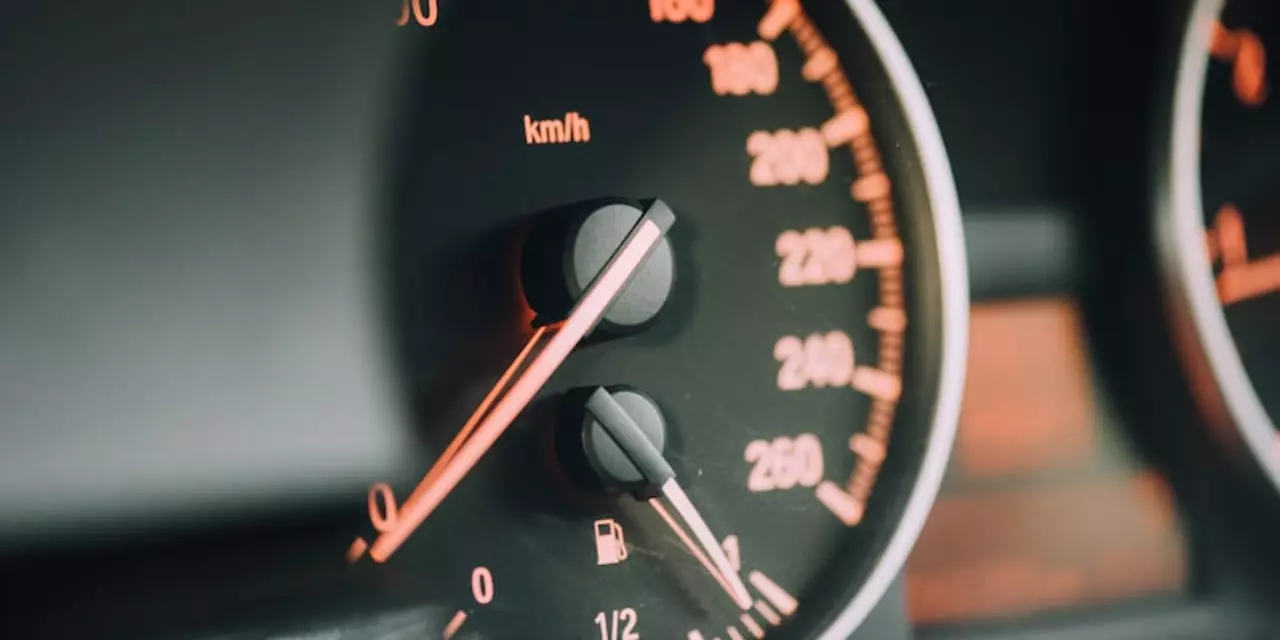Speed: The Heartbeat of Motorsports
Speed isn’t just a number on a gauge; it’s the pulse that drives every race, every lap, and every fan’s excitement. Whether you’re watching a car zip past the finish line or dreaming about getting behind the wheel yourself, speed shapes the whole experience. In this guide we’ll break down why speed matters, where the term "pole position" comes from, and simple ways you can feel faster on the track.
Why Speed Matters in Racing
First off, speed decides who wins. The fastest driver gets the best grid spot, known as pole position, and that spot often leads to a cleaner run and fewer traffic jams on the first lap. The term actually comes from horse racing, where the quickest horse stood beside a pole at the start line. In car racing the same idea stuck—be the quickest in qualifying and you start at the front.
Speed also creates the drama fans love. The roar of engines, the blur of cars, the feeling of G‑forces—all of that comes from pushing the limits. Drivers talk about the rush of hitting a new personal best, and fans feel that adrenaline through the screen or the stands. It’s the difference between a nail‑biting finish and a boring crawl.
Boosting Your Own Speed: Tips for Drivers
If you’re behind the wheel, a few practical tweaks can shave seconds off your lap. Start with your line: aim for the smoothest path around each corner, not the shortest. Stay on the inside edge when you can, but don’t cut too sharply—losing traction will cost more time than a wider line.
Next, look at your suit. A comfortable, well‑ventilated racing suit lets you focus on steering instead of sweating. Stretch panels in key areas give you freedom of movement, while proper padding protects you without adding bulk. When you feel good in your gear, you react faster.
Fitness matters too. Racing demands strong core muscles and sharp reflexes. Simple workouts like planks, cardio intervals, and reaction drills translate directly to quicker lap times. Even a short daily routine can make a noticeable difference when you’re pushing the car to its limits.
Finally, study data. Most modern tracks give you lap times broken down by sector. Identify the slowest part of your lap, then focus on improving just that segment. Small gains add up—cutting half a second in one corner can be the edge you need for a podium finish.
Speed isn’t just about raw horsepower; it’s about strategy, gear, fitness, and a love for the thrill. Keep these tips in mind, and you’ll feel the difference the next time you line up for a race. Ready to chase that fast feeling? The track is waiting.
Why do racing cars rarely get accidents despite the high speed?
Racing cars are designed to be extremely lightweight and aerodynamic, allowing them to reach high speeds without compromising on safety. Despite this, they rarely get into accidents due to a combination of driver skill, advanced safety technologies, and strict rules and regulations. Drivers must be highly trained and experienced in order to compete in a race, as well as follow strict safety protocols. Additionally, racing cars are equipped with a variety of safety features such as roll cages, fire-resistant suits, and helmets. Finally, race organizers enforce strict rules and regulations in order to ensure the safety of drivers, spectators, and others involved.



